Buzzing with Excitement !!!!
Clusters On Wednesday, we had our first Cooper Clusters lunch of the year. These...

Clusters On Wednesday, we had our first Cooper Clusters lunch of the year. These...
Students deepen their learning and build foundational skills in Grade 2.
In Second Grade, the Illustrative Math curriculum takes a comprehensive approach to fortify students’ grasp of place value, extending into the hundreds, while fostering fluency in various addition and subtraction strategies. Emphasis is placed on practical application through the resolution of story problems. The curriculum elevates mathematical proficiency by guiding students in collecting and presenting data using picture graphs, bar graphs, and line plots, subsequently honing their analytical skills in answering questions based on this data.
The scope broadens to encompass an enriched exploration of measurement and time, challenging students to apply their understanding in real-world scenarios. Additionally, students delve into geometric shapes, mastering the art of partitioning into equal shares as a foundational step toward grasping fractions. The curriculum integrates the application of this mathematical knowledge into real-world contexts, such as counting collections and solving story problems involving coins and dollars. Furthermore, students begin the foundational multiplication journey by working with equal groups and arrays, setting the stage for more advanced mathematical concepts.
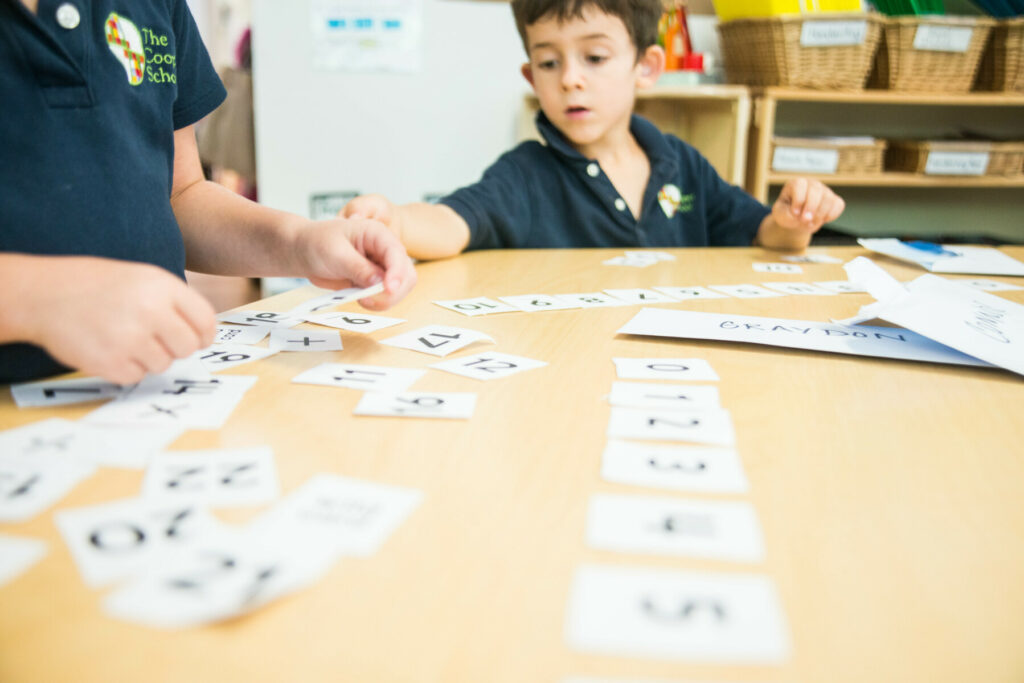
In Second Grade, the evolution of reading means students transition from decoding to reading for meaning. While continuing to receive phonics instruction to solidify foundations from Kindergarten and First Grade, the reading workshop now emphasizes fluency and comprehension. Readers are explicitly guided in cultivating habits such as scooping up words and employing text clues to decipher tricky vocabulary, skills applied in “just right” books during independent, partner reading, small group sessions, and one-on-one teacher time.
The curriculum incorporates fiction and nonfiction genre studies, imparting the importance of reading to acquire information, comparing and contrasting texts, and unraveling the imaginative worlds created by authors. A dedicated poetry study immerses students in playful and figurative language, exploring the myriad tools poets employ. Second Graders practice discussing their readings and delve into analyzing author choices and grasping figurative language, fostering a deeper understanding and appreciation for literature as they continue to flourish as readers.
The Second Grade writing curriculum empowers budding writers by fostering their increasing independence throughout the writing process, guiding them from drafting to revising, editing, and ultimately publishing their work. Using a workshop model, teachers impart strategies proficient writers employ, equipping students with new “tools” to enhance their writing during independent writing. A key focus is encouraging Second Graders to expand their writing volume, infusing their narratives with vivid details and dialogue while focusing on the main idea. The curriculum spans personal narratives, drawing out the intricacies of small moments from students’ lives, exploring nonfiction topics of personal importance, honing persuasive writing skills to convince peers and families to delve into specific books, and writing a research report to explain a scientific process. Students build on their understanding of poetry, applying poetic tools to craft their verses, contributing to a collective elementary compilation of poetry. This comprehensive approach nurtures diverse writing skills and instills confidence and purpose in each Second Grade writer, preparing them for continued growth and success in their literary endeavors.
Second Grade phonics continues to build on the knowledge from the previous years, explicitly teaching new skills while continuing to solidify the skills previously taught. Students grow tremendously as readers, applying their decoding skills with automaticity, allowing them to focus on increasing fluency and comprehension in their reading. As students move out of the need for foundational phonics skills, they move into word study, applying what they have learned to conventional spelling and word meanings.
Second Grade vocabulary curriculum follows the same structure as previous years, explicitly teaching rich vocabulary words through whole class read-alouds, group discussions, and direct instruction. Students continue to be exposed to a wide variety of words specifically chosen to enhance their understanding of the books they are reading independently. Teachers use appropriate context, a variety of examples, comparisons, and real-world scenarios to guide students in un- derstanding the word on multiple levels. Students participate in drawing, writing, and acting to show their understanding of the words.
The Second Grade handwriting curriculum combines some explicit instruction review and lots of student practice to ensure that students form their letters correctly. Students are expected to use this neat and clear handwriting in everyday writing.
Second Grade grammar curriculum continues to teach basic sentence structure explicitly, inviting students to notice and apply standard grammar conventions. Students continue working with proper capitalization, specifically beginning sentences, proper nouns, dates, and titles. They also focus on appropriate endings for sentences, using periods, question marks, and exclamation marks with accuracy. Students continue to work with parts of speech and identifying nouns, verbs, adjectives, pronouns and adverbs.
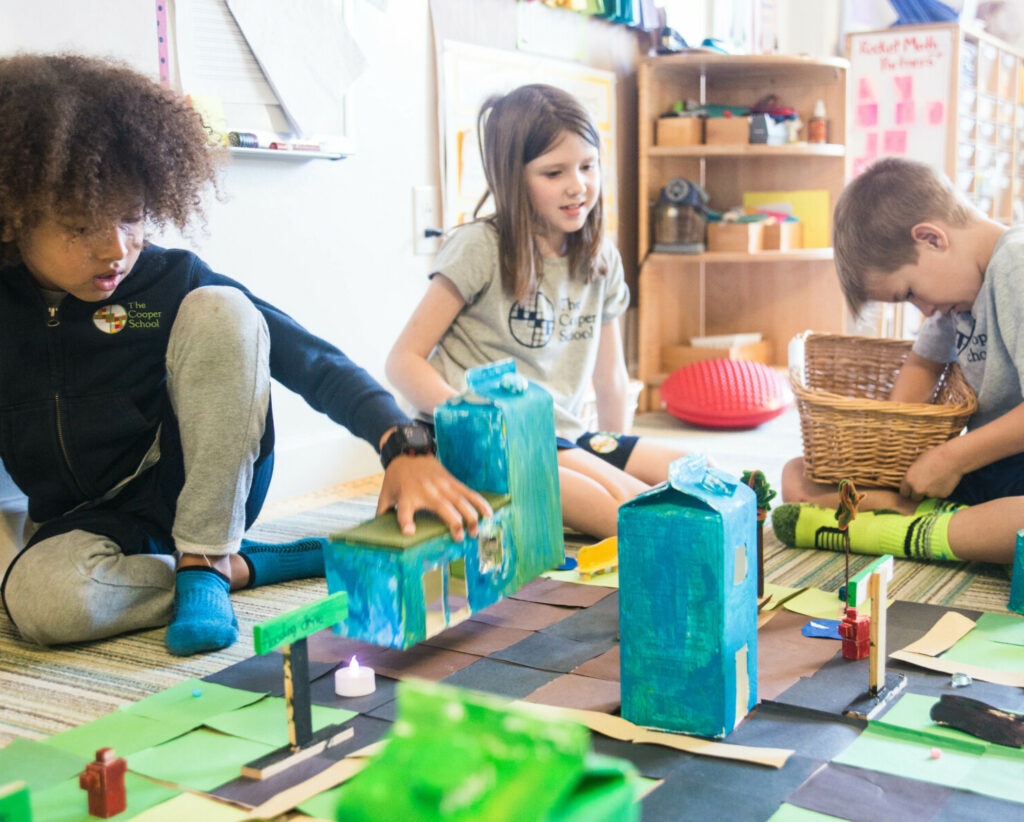
The Second Grade science curriculum maintains a robust approach, integrating multiple programs that skillfully guide students through dynamic problem-solving and the scientific process, leveraging hands-on materials to enhance experiential learning. The exploration starts with an in-depth study of water, delving into its properties, the water cycle, and its pivotal role in shaping weather patterns. Building on this foundational knowledge, students then apply their understanding to investigate landforms and erosion, engaging in the engineering design process to address real-world problems with creativity and scientific
acumen.
The curriculum further ignites scientific curiosity with a unit challenging students to design an improved school glue, delving into the properties of materials, and constructing evidence-based arguments. The year concludes with a captivating study of birds, where Second Graders explore scientific research methodologies and unravel birds’ vital role in our ecosystems. This comprehensive exploration equips students with a holistic understanding of scientific principles, fostering a deep appreciation for the intricacies of the natural world.
The Second Grade social studies curriculum fosters empathy for diverse cultures and deepens students’ awareness of their role in shaping history. A captivating exploration begins with focusing on the polar biome and the Inuit people, unraveling the intricate connections between environment and culture. Students gain a nuanced understanding of how the natural world influences human societies, fostering connections across time and relating these concepts to personal experiences. Second trimester, the curriculum seamlessly weaves local history into the narrative, with a dedicated study of Charleston. Students delve into the area’s rich tapestry, exploring the indigenous people’s heritage and the early English settlers’ impact. In a remarkable community project, second graders collaboratively determine the needs of a community, strategize for safety against natural disasters, and prioritize environmentally friendly practices.
Culminating in a hands-on activity, students construct a community from recyclable materials, assuming the roles of diverse community members to bring their collective vision to life. This immersive approach instills historical understanding and empowers students to engage in community building and envision a sustainable future actively.
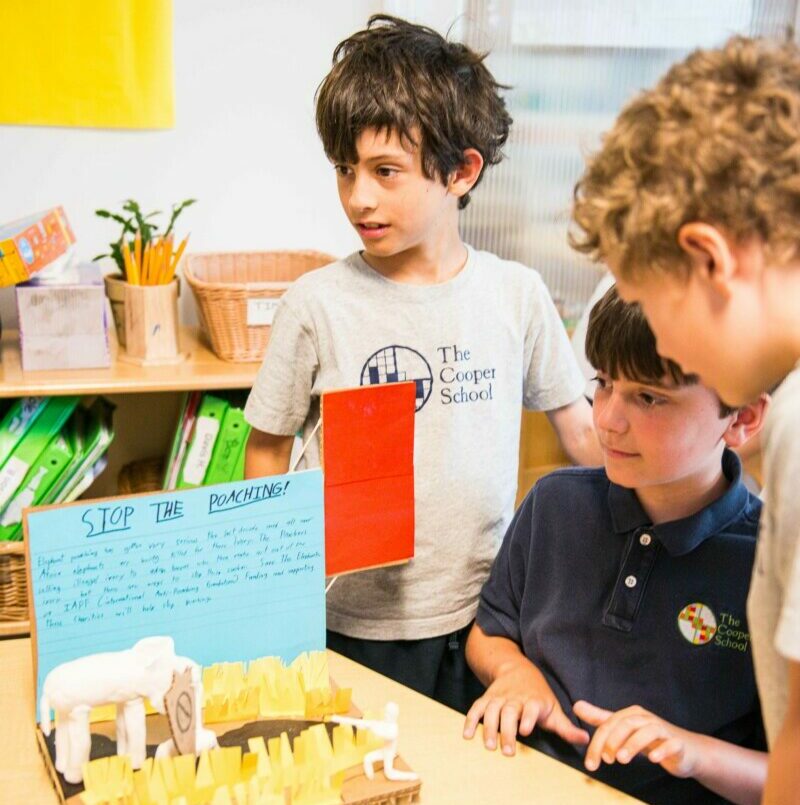
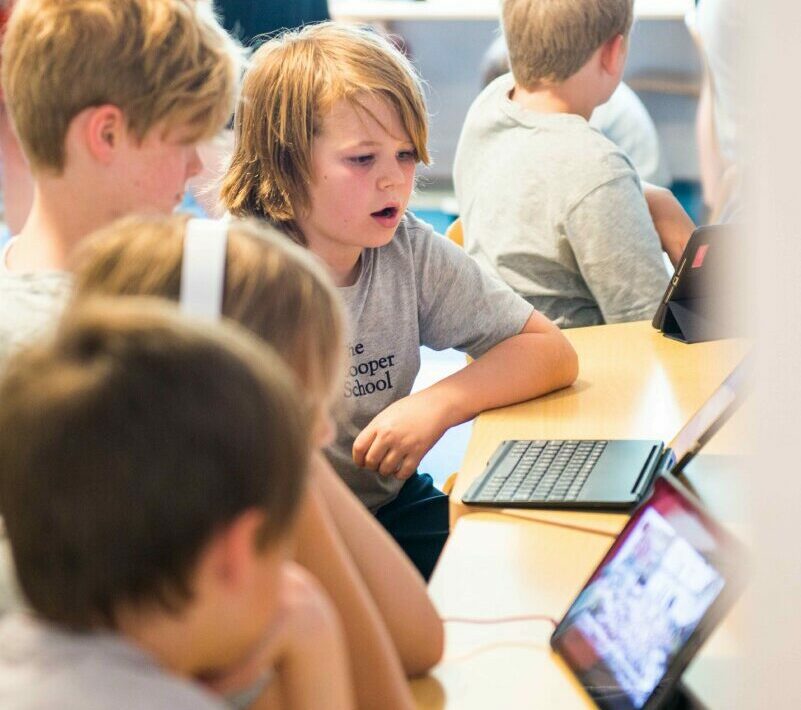
In Second Grade, students receive Chromebooks, which remain their educational companions throughout their time at The Cooper School. Guided on responsible use, they employ these devices for math fact practice, keyboarding, and research using trusted websites. Over the year, students become adept at utilizing the Chromebook to access
information across various subjects. The culmination involves students researching and presenting slideshows to parents and peers, showcasing their digital proficiency.
For their first project of the year, students delve into the intricate components of the polar biome, examining the resilient plants and animals that flourish in its challenging conditions. Subsequently, they focus on the indigenous people who have called this biome home for centuries—the Inuit. Through a cultural exploration, students gain insight into the Inuit way of life and their resourceful use of the polar biome’s natural offerings. Their learning extends beyond the classroom as they share newfound empathy and understanding with their families, fostering an appreciation for a distinct culture.
Cooper Village is a dynamic project that intricately examines the vital components necessary to foster a flourishing community. Commencing with an exploration of the wants and needs integral to a community’s vitality, students navigate the challenging decisions of determining the essential businesses that form the backbone of the village. This engaging journey further incorporates persuasive writing skills as students articulate their aspirations for specific job roles within this simulated community.
The project’s comprehensive scope extends to human interaction with natural disasters. Harnessing their research skills, students delve into the nuances of potential local disasters, equipping themselves with knowledge on safeguarding against such events and protecting individuals and structures.
Additionally, the study explores the environmental impacts of building methods, fostering an understanding of the positive and negative effects of environmentally friendly practices and integrating green resources into construction. The apex of this project unfolds in the collective construction of a village meticulously crafted from collected recyclable materials. This collaborative endeavor challenges students to work in groups, refining their problem-solving, compromising, and active listening skills. Through the lens of design thinking, students contribute to creating homes, businesses, and other integral elements.
The Bird Study is a culmination of the Second Grade curriculum, skillfully integrating the knowledge acquired throughout the year. Students delve into the intricacies of avian life, exploring the physical characteristics of birds and understanding how their environment shapes unique adaptations for survival. Through the lens of classification, students compare and contrast the distinctive features of various birds, honing their observational skills. In a hands-on approach, students select a local bird for an independent research study, embarking on field trips to observe these birds in their natural habitat.
These excursions provide valuable firsthand experiences and serve as a foundation for gathering pertinent information about birds and their ecosystems. Using computer skills, students navigate reliable sources to research their chosen bird, honing the ability to synthesize information from multiple outlets. Applying practiced keyboarding skills, they meticulously compile their findings into an engaging slideshow. The culmination of this comprehensive project involves students proudly sharing their research presentations with parents and peers, showcasing their journey of discovery and application of acquired skills.
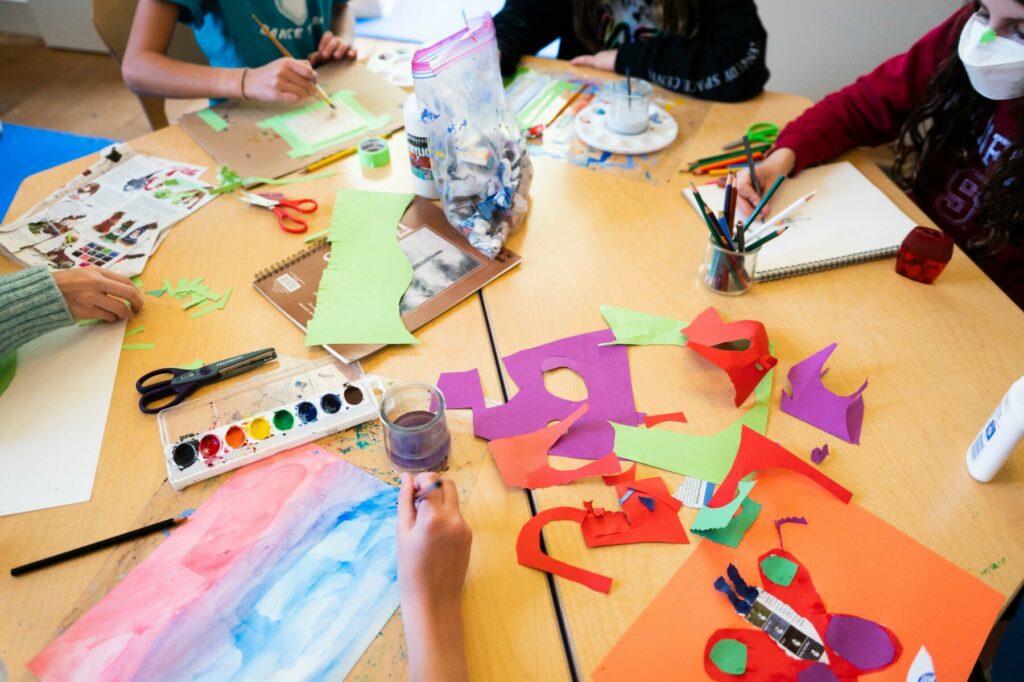
Second Grade artists know the elements and principles of art and continue looking critically at how artists create. Students explore art concepts like mood, motif, and symbolism in 2nd grade. Students begin to identify the type of art they connect with the most and explore this during choice time. Second Graders create paper mache birds (to scale) during their bird study at the end of the year.
In the Second Grade PE class, students are introduced to more complex physical activities. The activities focus on enhancing their motor skills, physical fitness, and understanding the importance of an active lifestyle. Students will participate in various team sports, including soccer, basketball, and handball. The students will learn the importance of rules and strategies in different sports. By the end of the year, they should be able to perform the basic skills required in these sports and demonstrate improved physical fitness.
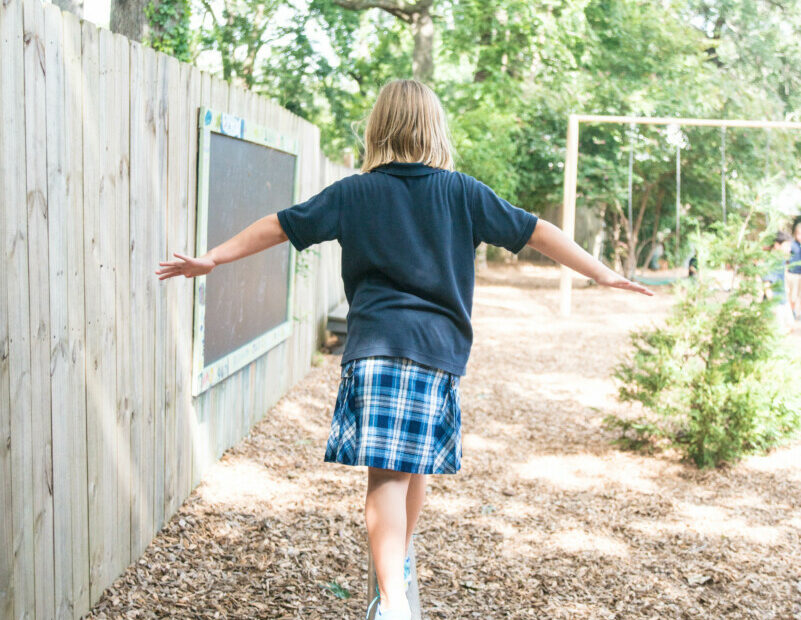
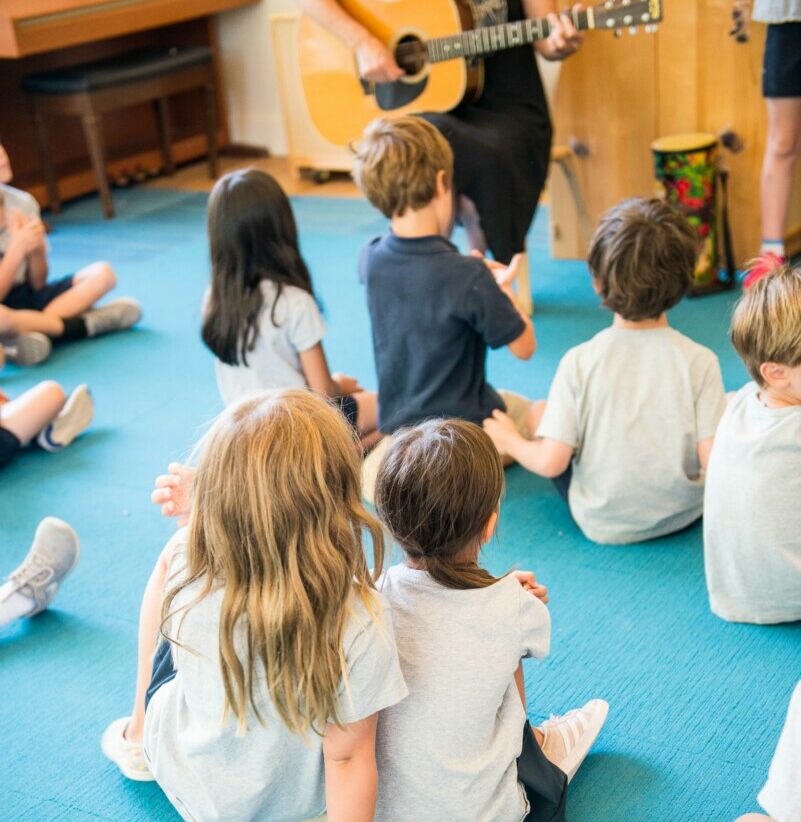
In the Second Grade music class, the students are ready to absorb formal musical notation and practice. The students learn the basics of playing the recorder. Students will learn about ensemble music, breath control, and tone. They’ll also llearn the basics of deciphering musical notation. By the end of the year, the Second Graders will be able to play a simple song as a group.
The curriculum focuses on experiencing music as a community and learning the meaning of ensemble with classmates. Students learn beginning vocal techniques through simple exercises and engaging songs.
Play is incorporated into yoga sessions and students explore how to mindfully handle all of life’s little lessons. Toward the end of the school year the students create a yoga sequence together that we will also practice throughout the rest of our time together. The class is 45 minutes and will incorporate breathwork, yoga poses, rest and meditation.
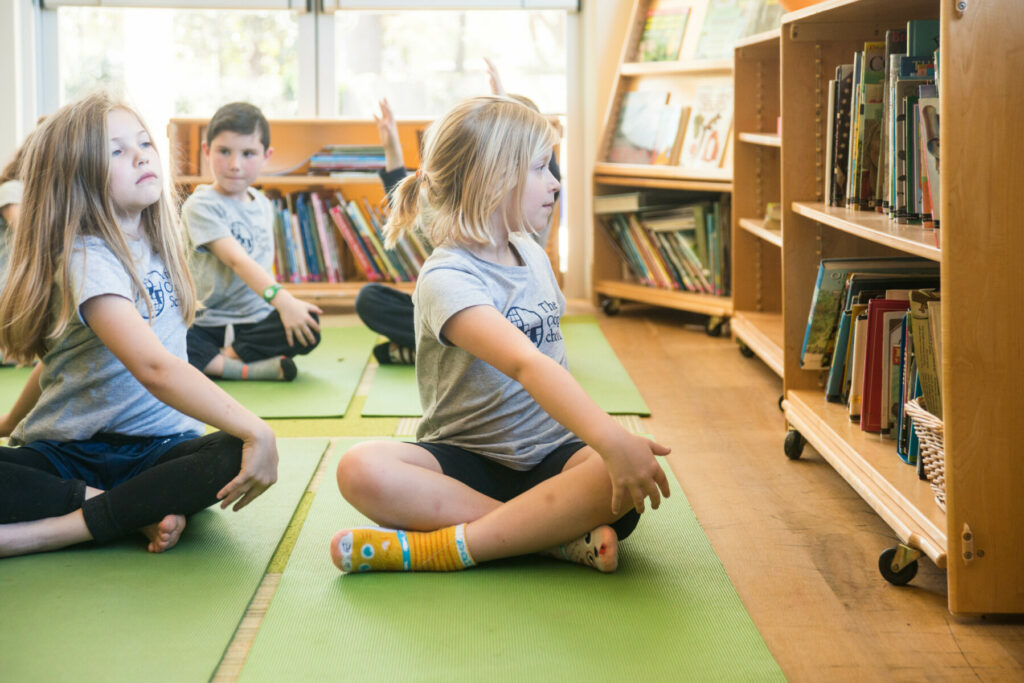
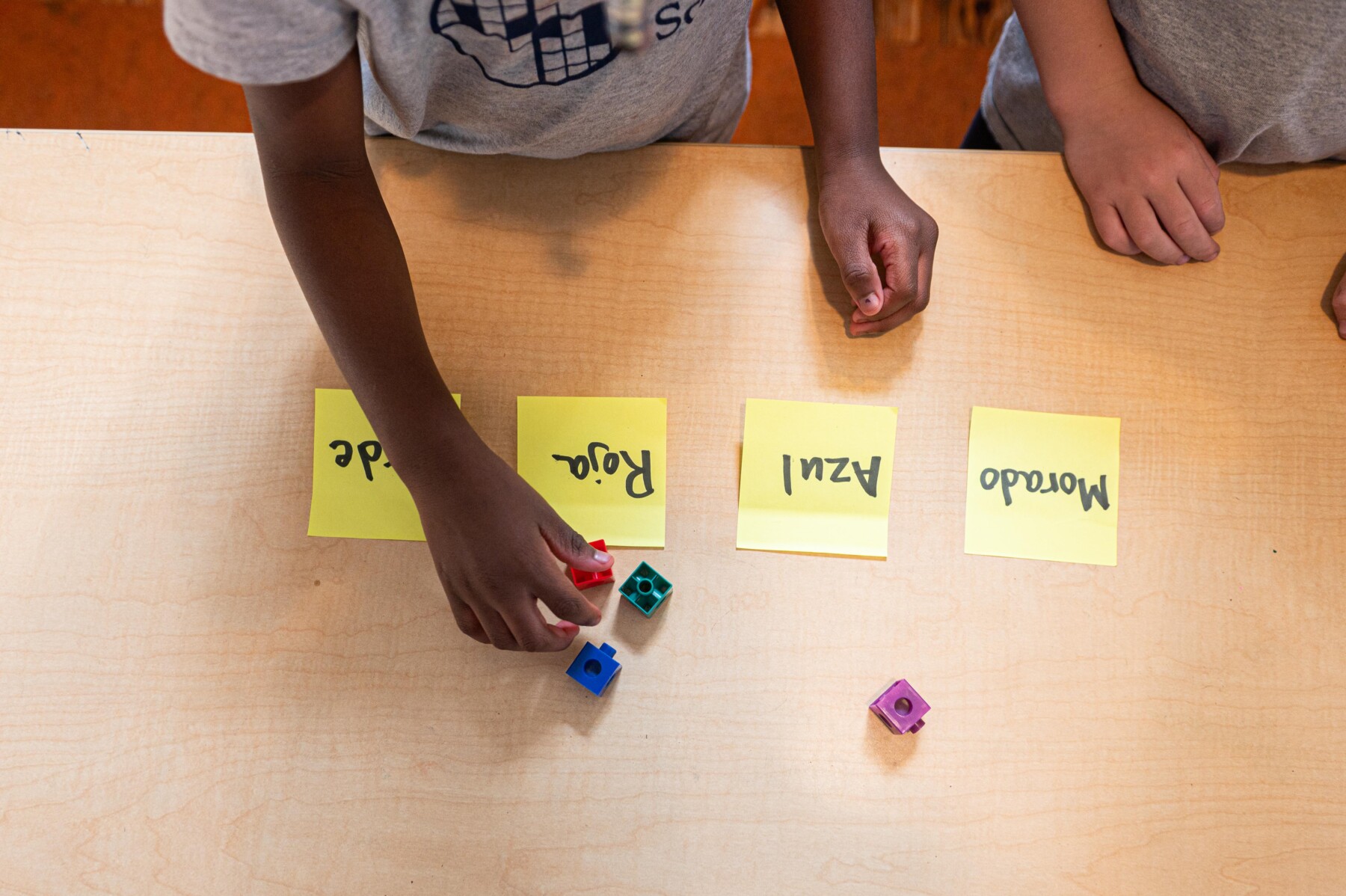
Students are encouraged to explore the Spanish language and culture through literature, music, and art. In these early grades, the priority is language acquisition and exposure. Throughout the year, students will rely on total physical response and the natural approach to begin recognizing and understanding the sounds and nuances of the Spanish language. Students acquire language through comprehensible input in Spanish through gestures, illustration, everyday objects, and artwork. We avoid translation as students will learn a second language using methods similar to the way they acquired their first. We read stories, role play scenarios, listen and dance to music, and create projects. Students take pride in their work and, overall, their acquisition of Spanish. Generally, these skills take about 2-3 years to fully develop.